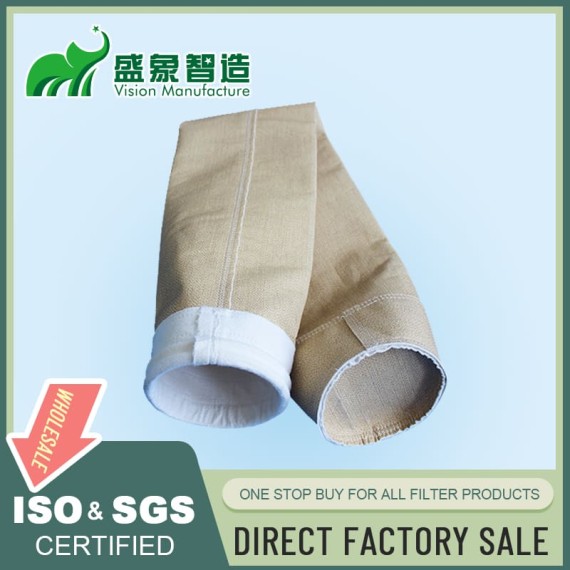Everything You Need to Know About Nomex Felt
Nomex felt is a remarkable and versatile material that finds applications in a wide range of industries due to its unique properties. From aerospace to industrial sectors, this high-performance material plays a crucial role in various applications. In this article, we will explore the characteristics, uses, production process, and advantages of Nomex felt.
- What is Nomex Felt?
Nomex felt is a non-woven fabric made from Nomex fibers, which are a type of meta-aramid synthetic fiber. Developed by DuPont in the 1960s, Nomex fibers are known for their exceptional heat resistance, flame retardancy, and durability. Due to these properties, Nomex felt has become a staple material in applications that demand high temperature resistance and protection.
- Characteristics and Properties
Nomex felt boasts several key characteristics and properties that set it apart:
Heat Resistance: One of the most prominent features of Nomex felt is its exceptional resistance to heat. It can withstand temperatures up to 400°C (752°F) without degrading, making it ideal for applications in high-temperature environments.
Flame Retardancy: Nomex fibers have inherent flame-resistant properties. When exposed to flame or high heat, Nomex felt forms a protective char layer that acts as a barrier against further heat transfer, preventing the spread of flames.
Durability: Nomex felt is highly durable and can withstand repeated exposure to extreme temperatures, mechanical stress, and chemical exposure without losing its integrity.
Low Thermal Shrinkage: Nomex felt has low thermal shrinkage, meaning it retains its shape and dimensions even under high temperatures, reducing the risk of dimensional changes in applications.
Electrical Insulation: Apart from its heat resistance, Nomex felt is also an excellent electrical insulator, making it suitable for applications where electrical insulation is crucial.
- Applications of Nomex Felt
Due to its unique combination of properties, Nomex felt finds applications in various industries:
Aerospace: Nomex felt is used in aerospace applications, including aircraft interiors, as insulation for aircraft panels, cargo compartments, and engine components. Its flame-resistant properties and lightweight nature are particularly beneficial in aircraft design.
Industrial Sector: In industries such as metallurgy, glass manufacturing, and foundries, Nomex felt is utilized for thermal insulation, protective clothing, and gaskets, providing protection to workers and equipment in high-temperature environments.
Automotive: Nomex felt is used in automotive components like gaskets, seals, and under-hood insulation, where heat resistance and fire protection are essential.
Firefighting Gear: Many firefighting suits incorporate Nomex felt due to its fire-resistant properties. It helps protect firefighters from intense heat and flames.
Electrical Industry: Nomex felt is used in electrical insulation applications such as transformers, motors, and generators, where its insulation properties are critical to ensure safe operation.
Personal Protective Equipment (PPE): Nomex felt is a component of PPE for workers in hazardous environments. It is used in gloves, aprons, and suits to provide thermal protection.
- Production Process
The production of Nomex felt involves the following steps:
Fiber Formation: Nomex fibers are produced through a process called wet spinning. The polymer solution is extruded into a coagulating bath, solidifying the fibers.
Fiber Web Formation: The fibers are then opened, carded, and formed into a non-woven web.
Thermal Bonding: The web is subjected to heat and pressure, causing the fibers to bond together, creating the felt structure.
Finishing: The finished Nomex felt may undergo treatments like flame retardant additives or coatings to enhance specific properties.
- Advantages of Nomex Felt
The advantages of Nomex felt are numerous and contribute to its widespread use:
Fire Safety: Its inherent flame resistance makes it an excellent choice for applications where fire safety is paramount.
Heat Protection: Nomex felt provides effective heat protection, making it suitable for industries dealing with high temperatures.
Longevity: Its durability ensures a longer service life, reducing the need for frequent replacements.
Customizability: Nomex felt can be engineered to meet specific performance requirements by adjusting its thickness, density, and treatments.
Conclusion
Nomex felt stands as a testament to the advancement of materials science, offering a combination of heat resistance, flame retardancy, and durability that is essential in various industries. From protecting firefighters to enhancing the safety of aircraft interiors, Nomex felt continues to play a pivotal role in safeguarding lives, equipment, and infrastructure in environments where extreme temperatures and fire hazards are prevalent.




